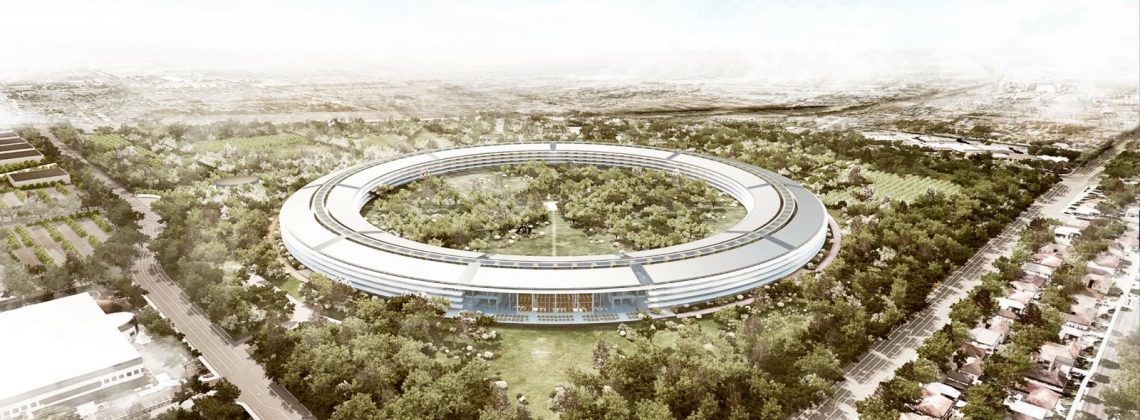

America’s most famous valley is beautiful. Is it real?
If I take Addison Street on my runs, I pass the Hewlett Packard garage. Green-doored, wood-shingled, it’s tucked behind an imposing home with columns and a wide, empty porch. No upstart inventors live there now! Established tycoons, more like—at least if their street, perfumed with rose bushes and lined with sports cars wrapped in dust covers, is any indication.
Palo Alto is a mix of middle-aged money (a few decades, at this point—or just one, which in these parts is old enough) and exciting opportunities for upstarts. It seems those opportunities pay a lot, right away. No garages for the software engineers at Cloudera and Tesla and Palantir! Try a condo. Try a $7000/month rent. University Avenue is lined with nitro coffee spots and macaron shops, progressive Indian cuisine and ice cream seasoned with meat. Just strolling it makes me want to buy things—Georgian wine and second-hand designer shirts, and maybe even a big rug. Could we use one of those?
The machines are working harder than we are. We, the humans, are out at happy hour, or biking, or shopping for canvas jumpsuits. We (me) are running the same loops. A computerized voice tells us how fast we’re going, and congratulates us when we’ve finished. Meanwhile, the Apple store flickers with activity, all those screens surrounding the giant trees they’ve managed to convince to grow inside. Robots cruise the sidewalks, making deliveries. Self-driving vehicles go the speed limit while the rest of us try to pass them. At a coffee shop, drinking a 25-cent cup of water, I overhear a woman on a video call asking about capital to finance her startup. She doesn’t bother to put in headphones—she doesn’t care who hears the advice. People are learning at the speed of light: how to ship medicine and meals and materials, and oh yeah, how to make a million dollars. A trillion dollars. They are creating “content.” They are “changing the world.”
Is any of it real?
The money absolutely is—at least when it manifests in physical goods: the Patagonia vests and the wine country shipments, and the sleek electric vehicles, quiet as sharks. Downtown, couples wander through furniture stores, picking up dishes and stroking panels of curtains. Women wear big rings and men wear big watches. For a place all about newness, invention, freedom from the strictures of hierarchy and tradition, Palo Alto feels surprisingly stodgy. It’s lefty (signs in rainbow colors, used-bookstores) and fun (craft beer, work-life balance!) And it’s very pretty. Most days, the sky is blue. But look around and you’ll see the old establishment at work. Nice shoes. Property values. Protestant work ethic, Catholic guilt. Spending beyond one’s means in order to afford a place in this public school district. The only thing missing is the snow. I guess it makes sense. The Gold Rush, our founding myth, wasn’t in pursuit of counterculture. It was for actual gold.
And it’s not that all the labor that made the money is fake, either. (I do have my doubts about some tech roles that seem to translate to “hype man” or “jargonist.”) But I don’t know how to write a line of code. I don’t know how to program a robot. Those trades seem difficult. I’m perfectly happy to sit and complain about the companies that provide my things: my computer, my phone, my search engine, my inbox, my glasses, my tennis shoes, my takeout order. It’s easier to find fault than it is to build something useful.
Still, there’s a restlessness I feel underneath these redwoods. A murder of crows flaps overhead. “Another crow war,” I text my husband, as the birds caw at each other in unison. One flies overhead, a mouse in its beak, hairless tail fluttering in the breeze. I spend a lot of time watching these crows. These crows are real. Is Silicon Valley?
I’ve got a sneaking suspicion that we’re making it up as we go along. We’re imagining both the inventions and the needs that motivate them. Did we need Facebook to have “community”? Did we need Twitter to have “conversation”? Do we need more startups for toothpaste, and bras, and dating? Do we need more workplace-messaging software? Do we actually have all of this money or are we spending on credit, hoping there’s no bust? Perhaps we’re creating things we don’t really require, or things that enact actual harm, in order to—what? Just enrich ourselves? Even the most inspired projects often seem to have ulterior motives.
Out here in the West, there’s no authority telling us to calm down, and only new, shaky virtues to fall back on. We’ve got dreams and ideas and pitches and seed money—synchronicity and integration and crypto and the cloud. But what change is really being made? All of the old temptations are still here: greed, and fear, and delight (those rose bushes! I pause the robotic voice to stop and smell them), and yes, the desire to live forever, in a place like this, where the sun often shines.
Katherine Lucky is engagement editor for the Bay Area News Group and formerly was the managing editor of Commonweal. She’s written for a variety of publications, including The American Scholar, The Point, and Sojourners.